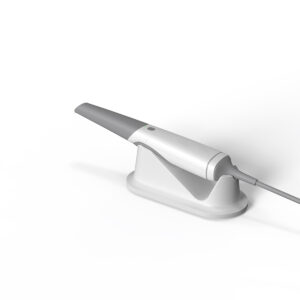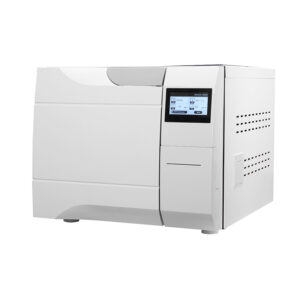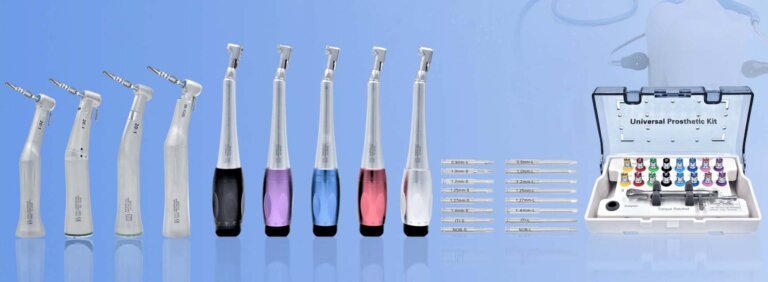Can You Put Glass In An Autoclave?
Steam sterilization systems provide a physical decontamination method combining pressurized steam, heat, and time. Moist heat demonstrates superior thermal transfer efficiency compared to dry air, achieving microbial inactivation at 121°C within 15 minutes. If you’re wondering, “Can you put glass in an autoclave?”, the answer is generally yes, but it’s important to consider the type of glass and specific practices. While most lab glassware withstands autoclaving, critical variations exist between glass compositions and operational best practices. This guide addresses common operational queries and provides safety recommendations for steam-sterilizing glass containers.
-
Is it safe to high-pressure sterilize all types of laboratory glass bottles?
Before high-pressure sterilization, it’s essential to consider the differences among various types of glass and bottles. Borosilicate glass bottles are safe for high-pressure sterilization due to their excellent thermal shock resistance. Bottles made from soda-lime glass or fused quartz have a higher risk of breakage during sterilization, although you can still sterilize them. They do not offer the same level of safety. You can also safely sterilize glass bottles with a plastic coating, but the steam may cause the coating material to undergo hydrolysis. This means that uncoated glass bottles are more resilient to pressure cycles.
You should not fill glass containers beyond 75% of their rated capacity to allow for expansion and prevent foaming, which could lead to spillage. However, the safe fill capacity also depends on the liquid’s nature. You can fill bottles with water or water-based buffers to their rated fill line. For bottles used to sterilize agar-based culture media, only fill them to 50% of their capacity.

-
How should laboratory bottles be loaded into a high-pressure sterilizer?
It’s advisable to wear personal protective equipment (PPE) when operating a high-pressure sterilizer. You should take special care when handling hot glassware. Wear full-face eye protection, closed-toe shoes, and heat-resistant gloves. Avoid overloading the sterilizer to ensure steam circulation and effective sterilization. Ensure that bottles are clean before loading to prevent contamination from baked-on residues.
For large-volume and heavy bottles, like 20L containers, we recommend placing a small amount of distilled water (WFI or purified water) inside to help generate steam during dry (empty) sterilization.

-
How should screw-capped glass bottles be steam sterilized?
When sterilizing or high-pressure sterilizing bottles with screw caps, you should loosen the caps to a point where you can turn them only one full rotation. In a sealed container, contents can expand, creating significant pressure differences (exceeding 4 bars) that could lead to explosive failure. Additionally, caps not loosened sufficiently can create a vacuum inside the bottle during cooling, preventing boiling and leaving the contents overheated for extended periods. Do not seal or move containers with overheated liquids. If you loosen the cap by 1/2 rotation, the steam inside the chamber and the bottle will have no pressure difference.
If the sterilizer supports pressure compensation, you can safely sterilize bottles with sealed caps.In traditional sterilizers without pressure compensation, membrane exhaust caps are a safer and more convenient option. You achieve pressure balance through a 0.2-micron ePTFE membrane twice, keeping the cap tight to minimize contamination risk upon cycle completion. Do not use membrane ventilation caps for bottles larger than 3500 ml.
For GMP operations, medical applications, or bottles 5 liters and larger, using caps with single-port sterile vent filters is more suitable than membrane caps. You can use single-port GL 45 stainless steel caps with validated pharmaceutical-grade sterile air filters. These filters should be 0.2-micron disk or capsule filters. This setup is especially recommended for bottles larger than 2 liters.

-
Should aluminum foil be used to cover the tops of bottles before high-pressure sterilization?
While common in many labs, covering glass containers with aluminum foil can hinder complete sterilization. The foil must be loose to allow steam penetration and should not provide post-sterilization contamination protection.
-
How long should the high-pressure sterilization cycle last?
The recommended autoclave sterilization temperature are +121°C, +126°C, or +134°C, depending on the application. According to the British Standard BS EN 285:1997 8.3.1, “the dwell times at sterilization temperatures of 121°C, 126°C, and 134°C should be at least 15 minutes, 10 minutes, and 3 minutes, respectively.”
A common best practice is to use biological or chemical indicators to confirm the sterilizer’s proper functioning. If any indicator fails, you must inspect the sterilizer and correct any issues before re-sterilizing the load to ensure sterility.
When sterilizing or high-pressure sterilizing bottles with screw caps, you should loosen the caps to a point where you can turn them only one full rotation. It can help differentiate sterilized from non-sterilized items.

-
How frequently can laboratory glass bottles undergo high-pressure sterilization?
The number of high-pressure sterilizations a product can withstand depends on the glass type. Soda-lime glass and coated glass bottles can endure fewer cycles than uncoated borosilicate 3.3 glass bottles. Borosilicate 3.3 glass has excellent thermal shock resistance. However, over time, these bottles can become unsuitable due to damage. Scratches on the surface can reduce their strength. Therefore, while unscratched bottles can safely endure repeated pressure cycles, older bottles might not.
Predicting when an old bottle might break is challenging, so ESCO Medical Limited recommends regular replacement and thorough visual inspection of each item before use for any scratches, cracks, or defects. If any are found, the product should be immediately discarded.
When unloading the sterilizer, ensure you stand aside to protect your face and body from steam and door impact. If possible, open the door and wait 10 minutes for items to cool before transporting them, ensuring the materials reach room temperature.








